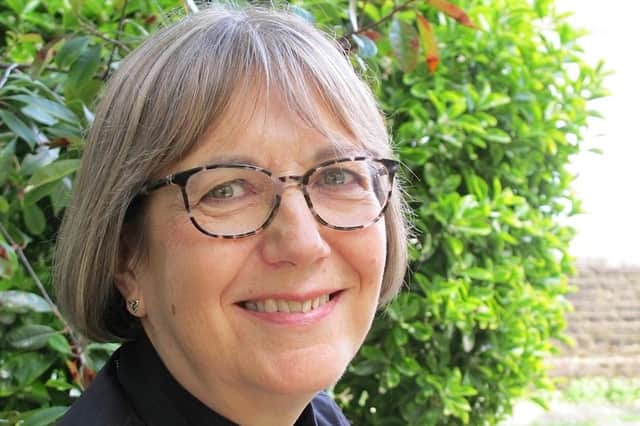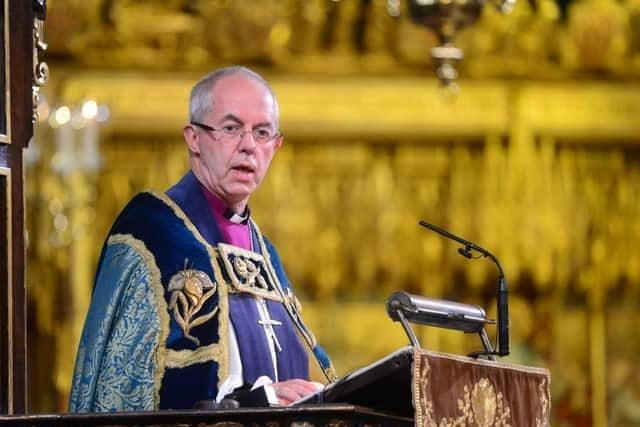Ripon Cathedral's Canon Ailsa Newby and Vicar of Huddersfield Parish Church on Church of England ordination of women 30 years on from vote


It paved the way for the first group of 32 women to take up the roles on Saturday, March 12 in 1994, at Bristol Cathedral. This was done in alphabetical order - so Angela Berners-Wilson was the very first.
But many followed, with women making up nearly a thir d of the 20,000 active clergy, the Church of England said in 2019 on the 25th anniversary of the Bristol ordinations.
Advertisement
Hide AdAdvertisement
Hide AdCanon Ailsa Newby joined Ripon Cathedral as Canon Pastor in 2017 having served as a priest in Putney, London. A former solicitor in the City of London, she was ordained in 1998.


“It took people a little time culturally to get used to women in the traditionally man’s role of Church of England priest or vicar in the 1990s,” she says.
“When I was first ordained in 1998 people were sometimes a little startled to find a woman taking, for instance, a funeral but almost invariably they’d say afterwards: ‘Oh she’d have loved to be buried by a woman!’
“Since then women have been quietly getting on with ministry ‘hatching, matching and despatching’, becoming vicars and leading churches as well as caring for people, preaching, teaching and leading worship.
Advertisement
Hide AdAdvertisement
Hide Ad“Some still find women’s ordination hard to accept, a few for simply cultural reasons and some for genuinely theological reasons. For by far the majority, though, gender is just not an issue now. It is the quality of what we offer, not our gender that matters most.”
Revd Rachel Firth, Vicar of Huddersfield Parish Church, also shared her thoughts.
“The most important thing to say is that it’s wonderful being a woman in ordained ministry in the Church of England right now. In trying to affirm and embrace the calling of women and men from all backgrounds, in all their diversity, the ministry of the whole church has been enriched and enlivened. Are there still challenges and barriers related to gender? Yes.
“One example would be that less young women offer themselves for ordained ministry because of perceived barriers – particularly around having a family being compatible with ministry. As a woman who had a baby during training and was pregnant when ordained I would want to encourage anyone doubting what might be possible.
Advertisement
Hide AdAdvertisement
Hide Ad“With God everything is possible – even if it takes the Church a while to catch up!”
Since 1994, more progress has been made in the representation of women in the church.
In July 2014, General Synod – the Church of England’s governing body made up of more than 480 people – voted at the University of York to allow female bishops .
Now the Bishop of Derby, the Right Reverend Libby Lane became the first woman bishop when consecreated in January 2015 at York Minster.